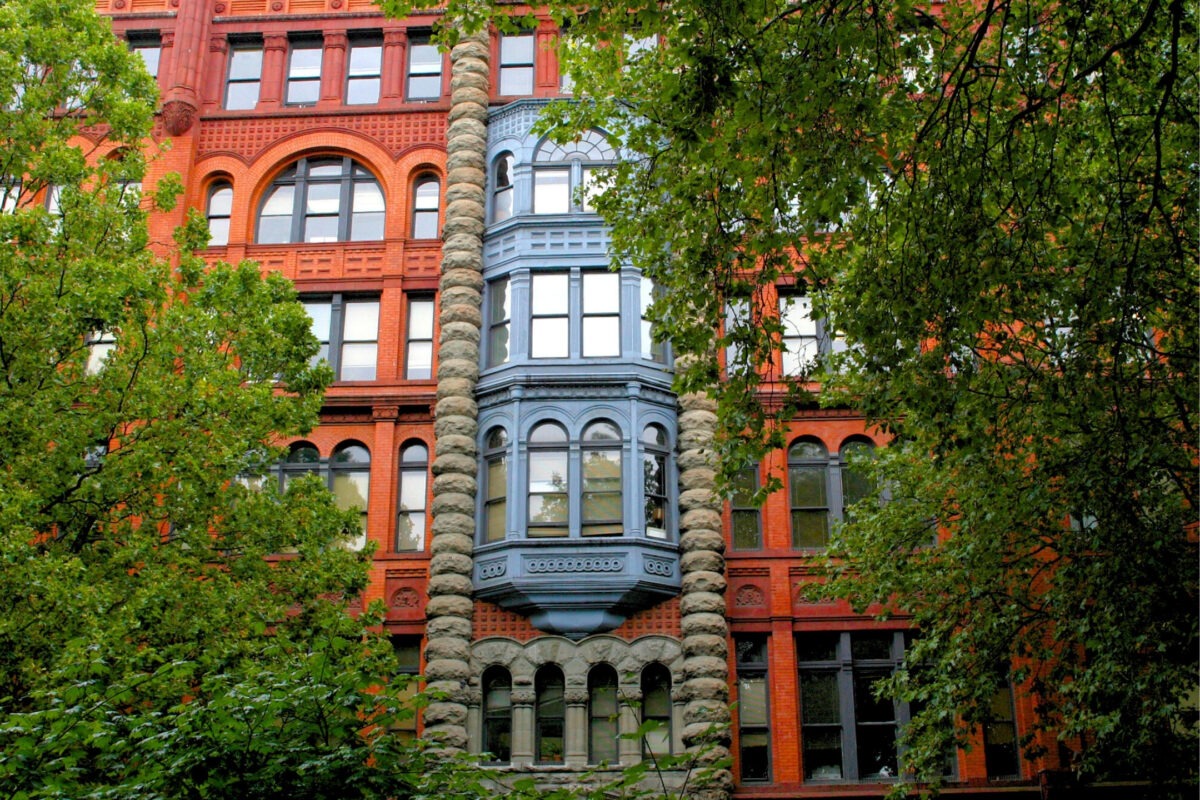Posted on August 6, 2025
Post categories: Architecture In the Media

Seattle’s historic unreinforced masonry buildings — valued for their architecture and cultural heritage — face an uncertain future as the city considers requiring seismic retrofits. More than 1,100 brick and stone structures, concentrated in neighborhoods like Pioneer Square and the Chinatown-International District, could collapse in a major earthquake.
Upgrades cost millions and offer little visible return. Without financial help, some owners may sell or demolish their properties rather than invest in the work. That choice could reduce affordable housing and push out longtime residents.
“This is not a matter of whether the work should be done,” said Rick Mohler, chair of the University of Washington Department of Architecture. “Virtually all of them will need to be seismically upgraded. That’s a very expensive process that will inevitably lead to increased rents in those buildings to account for the cost.”
City leaders are exploring ways to reduce expenses. One proposal lowers seismic standards from “immediate occupancy” to “life safety.” This shift could cut costs in half but might leave buildings unusable after a quake. Another idea expands Transfer of Development Rights (TDRs), which let owners sell unused building height to developers and use the proceeds for upgrades. Mohler calls TDRs a potential “win-win” but notes the process is cumbersome and rarely used.
Seattle faces an 85% chance of a damaging quake in the next 50 years. The Seattle Fault poses the greatest local risk. While modern buildings meet strict codes, many older structures have not been reinforced since the 2001 Nisqually earthquake, which caused more than $2 billion in regional damage.
The city’s next steps will decide how it balances safety, preservation, and affordability — shaping Seattle’s built environment for decades to come.
Read more on KUOW: The Earthquake Is Coming — Is Old Seattle Worth Saving? — Explore the risks, costs, and preservation challenges facing the city’s historic brick buildings.